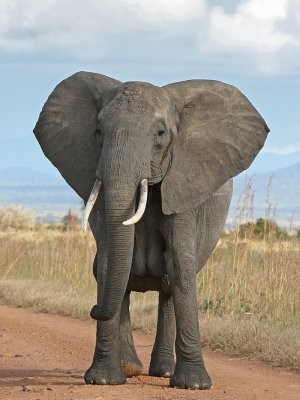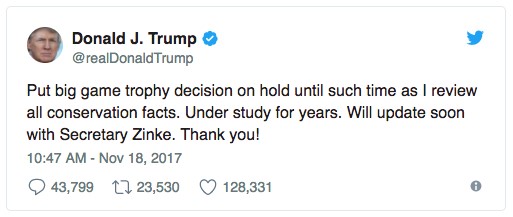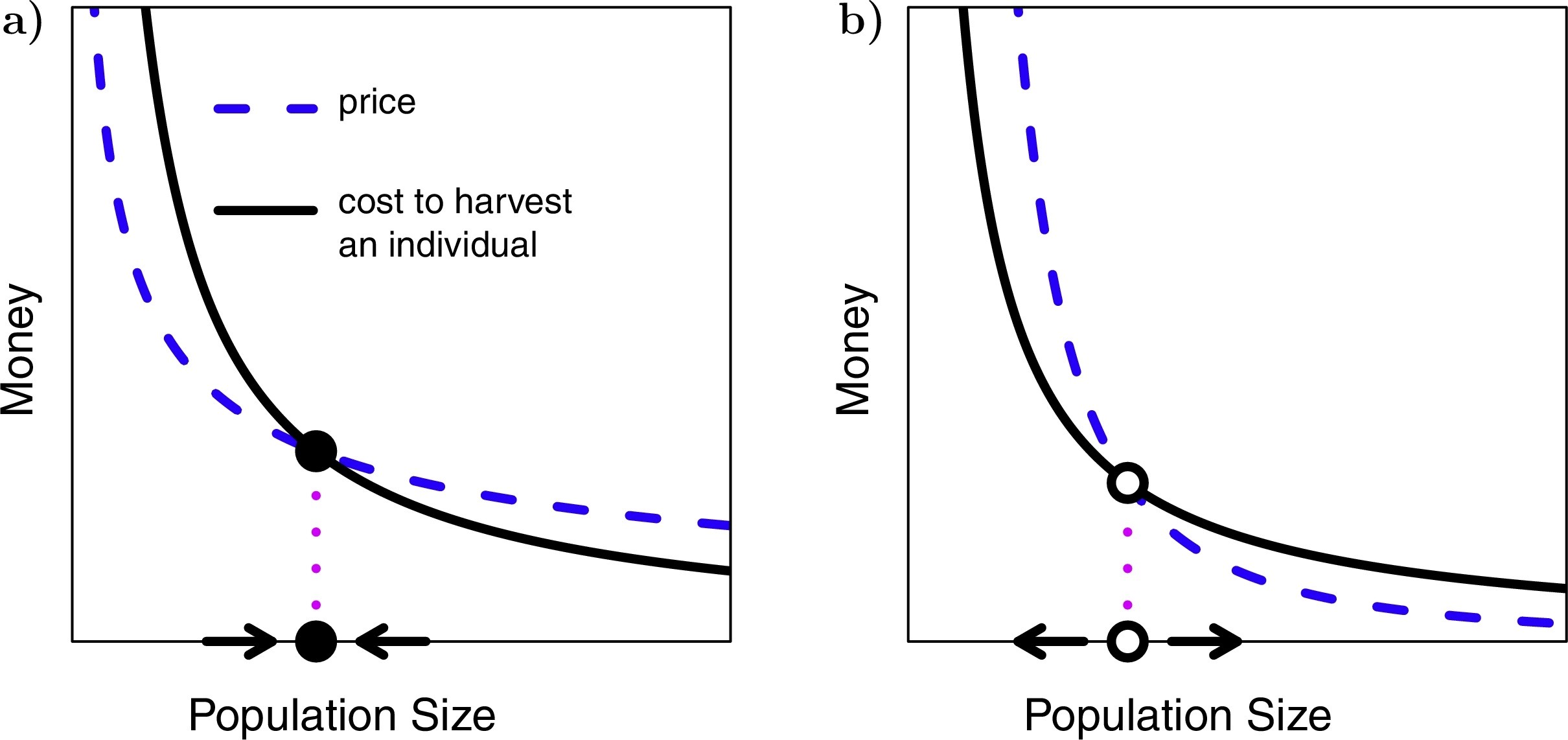
Skyrocketing prices for rare animal products can push species to extinction even when their populations are abundant, researchers say.
The University of Queensland’s Dr Matthew Holden and Dr Eve McDonald-Madden undertook a study for the ARC Centre of Excellence for Environmental Decisions, examining the fate of animals when prices for their products change with animal scarcity.
“Past theory says that if the price for animal products – like elephant trophy hunting expeditions - were to skyrocket as animals declined, this would create extra financial incentive to sell these products,” Dr Holden said.
“The theory says that more animals then die from increased hunting, which would then skyrocket product price further, in a vicious cycle towards extinction.
“Our study shows this process can start when the population is much larger than previously thought.
“It suggests large populations predicted safe by previous theory may in fact be in danger.
“African elephants may fit this category – they are abundant.”
The study used mathematical modelling to show how quickly animal populations can decrease when prices for animal products rise with animal scarcity.

US President Donald Trump’s recent elephant trophy ban and backflip has restarted the debate about whether legal hunting of African big-game animals can help them by raising money to protect them.
 Dr Holden said not enough was known about the price of trophy hunting expeditions to predict whether legalising elephant trophy transport could cause African elephants to follow this theoretical path toward extinction.
Dr Holden said not enough was known about the price of trophy hunting expeditions to predict whether legalising elephant trophy transport could cause African elephants to follow this theoretical path toward extinction.
“Both sides of the trophy hunting debate make seemingly logical arguments, but actually very little is known about the social and economic side of trophy hunting and that’s a big concern,” said Dr Holden.
“Our research isn’t specific to elephants and trophy hunting, but the existence of price rarity relationships have been shown time and time again in fish, mammals and even butterflies.
“These relationships can be detrimental to animal populations.”
The vicious cycle toward extinction explained by maths from ARC CEED on Vimeo.
The research is published in the Journal of Theoretical Biology.
Media: Dr Matthew Holden, m.holden1@uq.edu.au, @MattHHolden, +61 406 557 706; Dr Eve McDonald-Madden, e.mcdonaldmadden@uq.edu.au, @McMadLab, +61 7 3365 6525; Casey Fung, ARC CEED Media, c.fung@uq.edu.au, +61 433 638 643.









